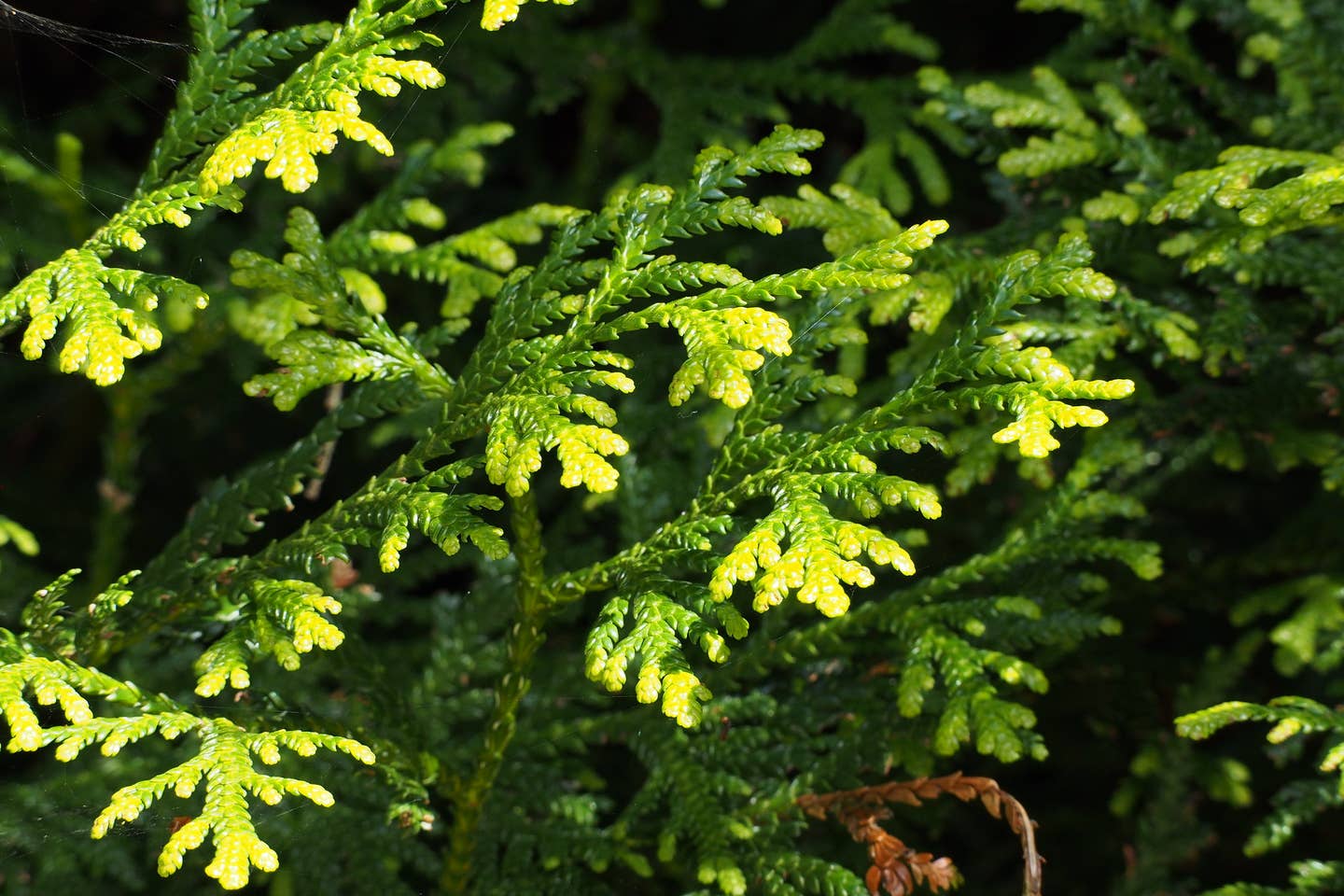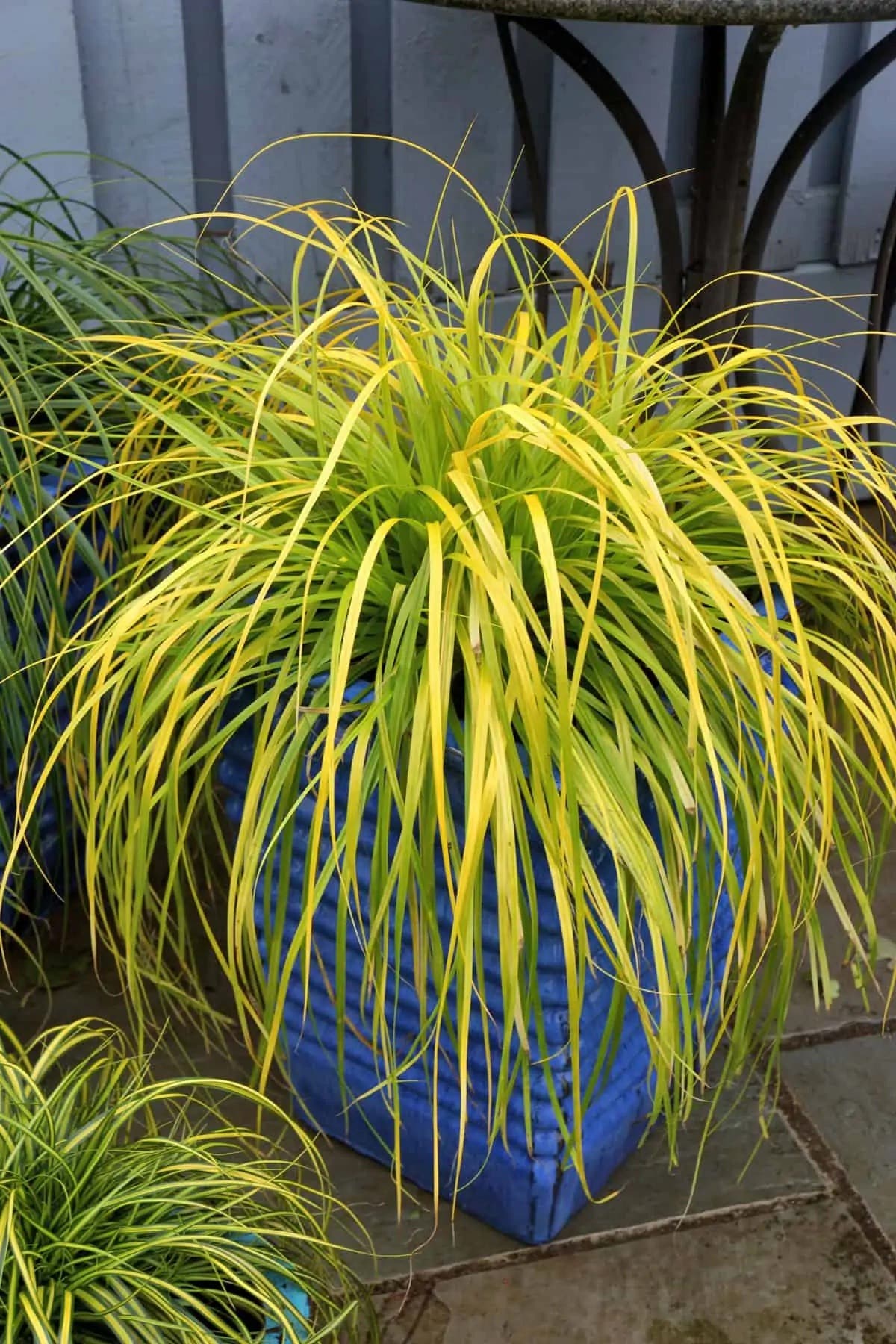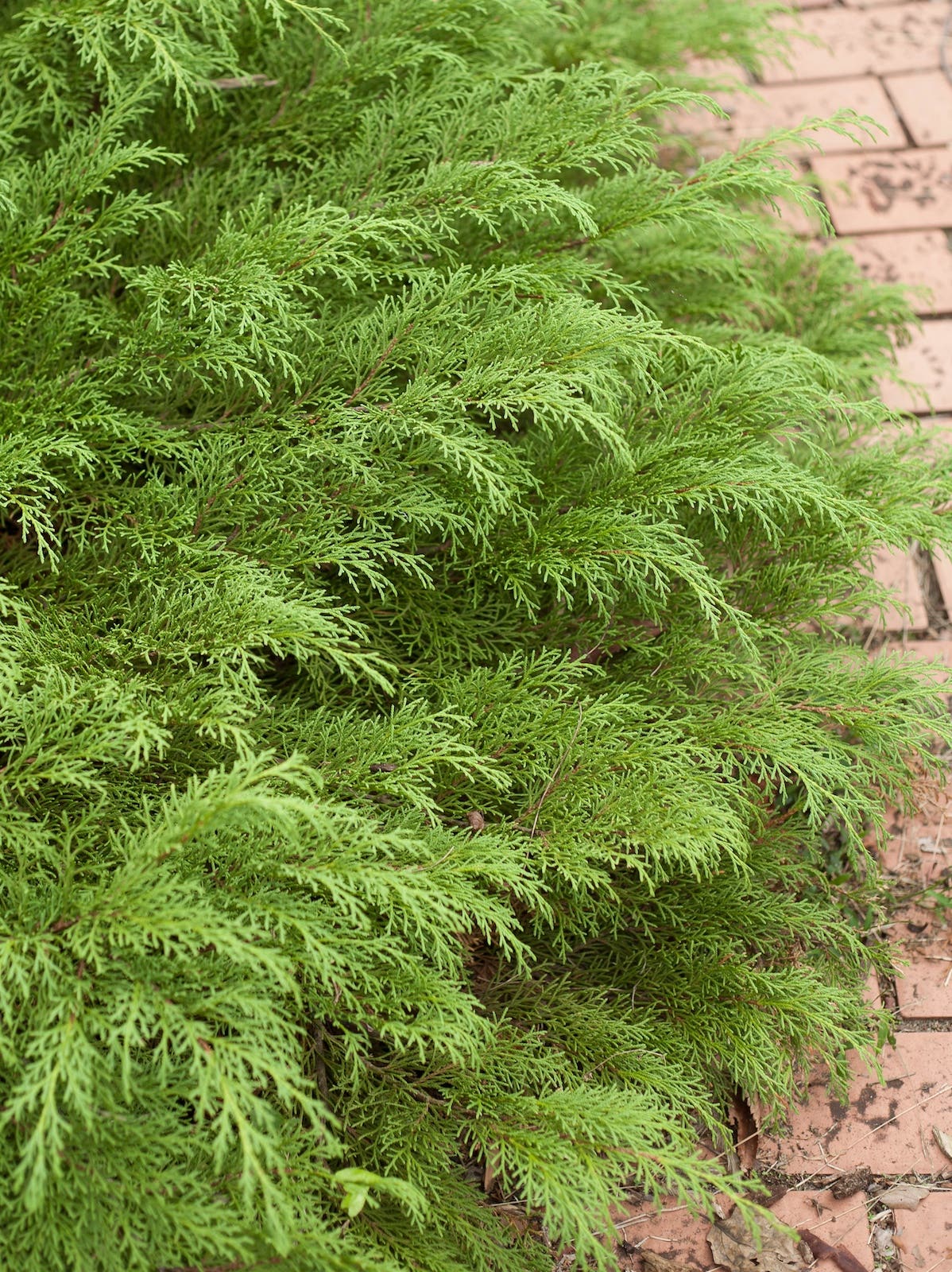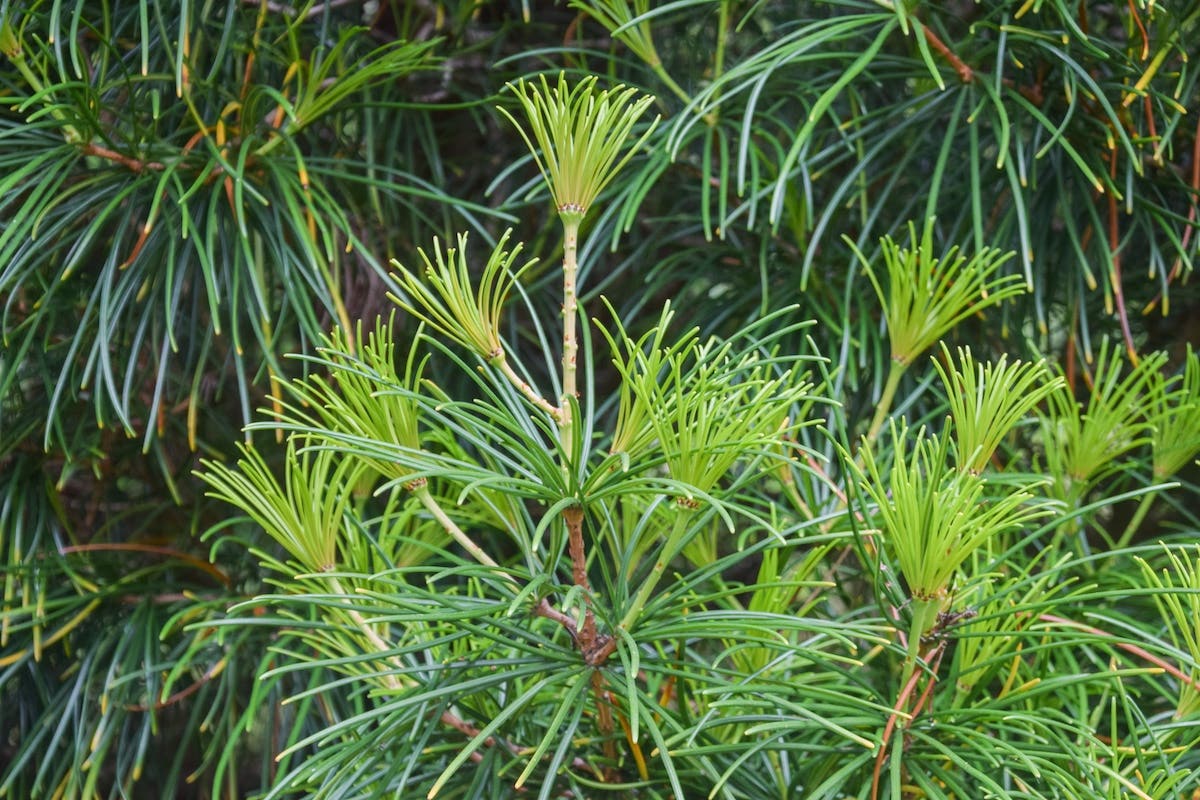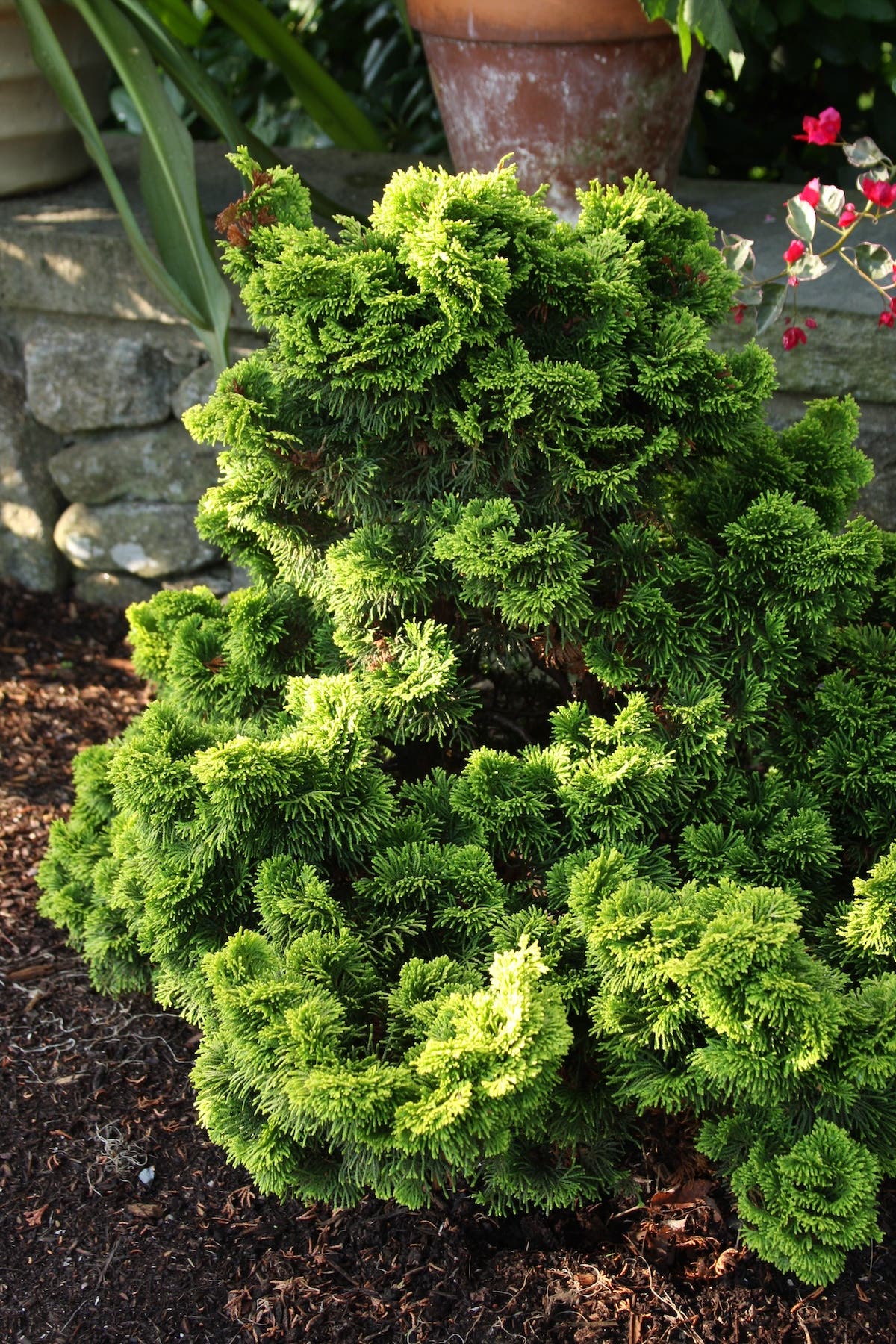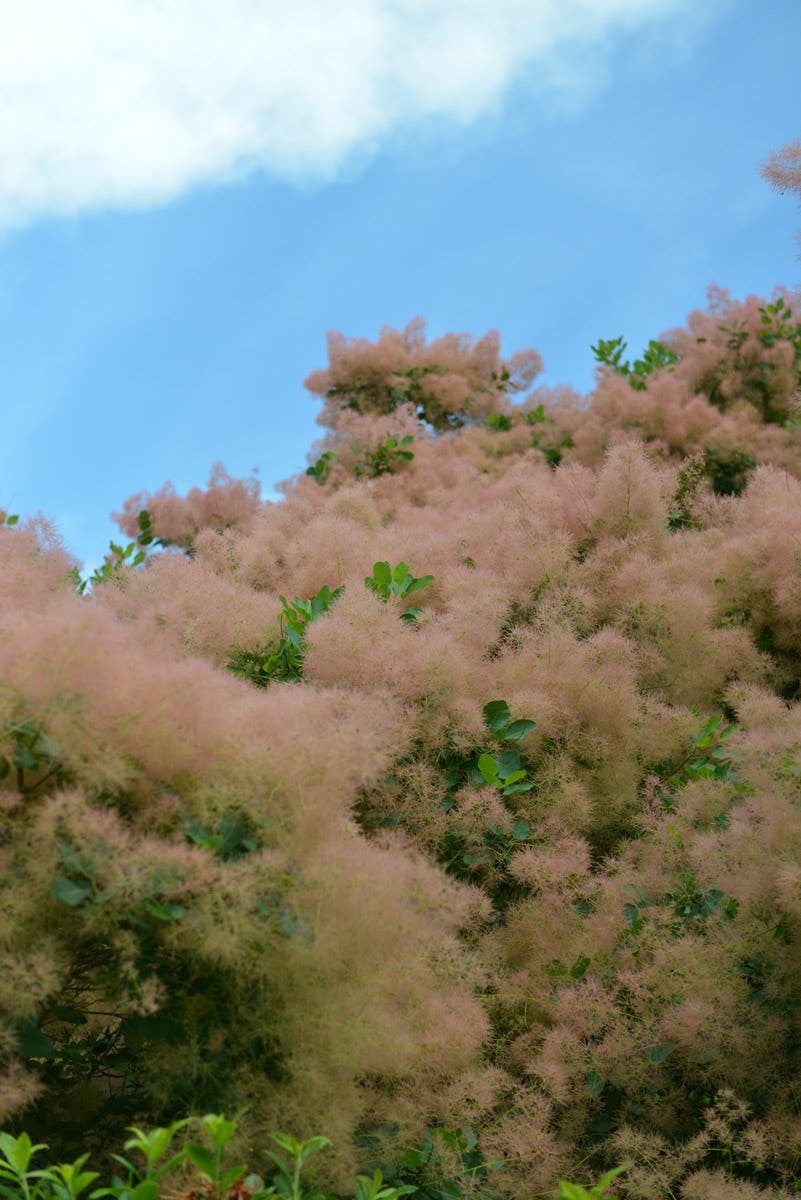Find a Hardy and Handsome Evergreen in Black Hills Spruce
This tree makes a great windbreak!
Black Hills spruce is a naturally occurring variety of white spruce. This variety is native to a geographically isolated area in and around the Black Hills of South Dakota. It has a slower growth rate and denser habit than the typical white spruce, making it easier to fit into a home landscape. Its dense branches also resist winter breakage and make it useful as a windbreak for more delicate plants. The tree provides shelter to birds and other wildlife. Because of its origins, it is naturally adapted to wind, cold and drought. It was named Evergreen of the Year by Nebraska's GreatPlants program.
Common name: Black Hills spruce
Botanical name: Picea glauca var. densata
Exposure: Full sun preferred, but tolerates light shade
Foliage: The dense, short, stiff needles, very aromatic when crushed, bear a white waxy coating that inspires this species’s common name. On the Black Hills variety, the needles are a brighter or bluish green.
Habit: Black Hills spruce typically attains a height of 20 to 25 feet tall, with a similar width at the base. It is cone shaped, with dense branches. This is about half the size of the straight species. It is a slow grower.
Origin: The species Picea glauca is native to bogs, river banks and mountain slopes throughout much of Alaska, across Canada, into the upper Great Lakes states and northern New York, Vermont, New Hampshire and Maine. The variety densata occurs as an isolated population found growing in the Black Hills of western South Dakota, usually above 6,000 feet.
How to grow it: Black Hills spruce grows best with rich, well-drained soil and even moisture. However, it survives tough conditions like wind and drought (once established). It is sensitive to compacted soil and hot summers. It prefers full sun, but it can tolerate light shade. USDA Zones 2–6.
Image credit: F.D. Richards/CC BY-SA 2.0


